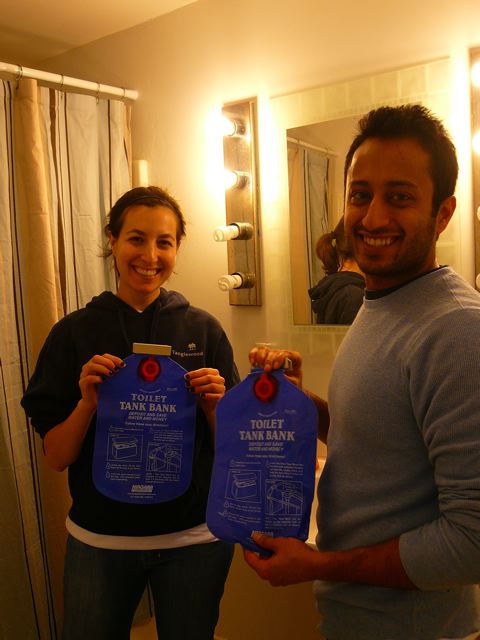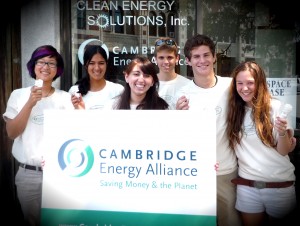
CEA canvassing interns: Stephanie, Mira, Danit, Trevor, Federico, Laurence
On July 7th CEA’s six volunteers took to the streets for the first time, canvassing businesses in Inman Square, and eastward on Cambridge Street. Over the next three weeks, they would reach out to over 440 people in small local businesses—barber shops, cafes, hardware stores, book stores, florists, bars, convenience stores, restaurants, bike shops, you name it—in North Cambridge, Leslie and Porter Square, Harvard Square and Church Street, Mount Auburn and Brattle Street, Dana Hill, Bow Street, Central Square, Lafayette, Concord Ave, Huron, East Cambridge, and Broadway.
In 90+ degree heat, over previously unfamiliar terrain, and sometimes through rain storms, the teams of interns met with over 190 business owners and discussed energy efficiency opportunities—programs and incentives from NSTAR—while also providing information on other sustainability resources, as detailed in my first canvass blog.
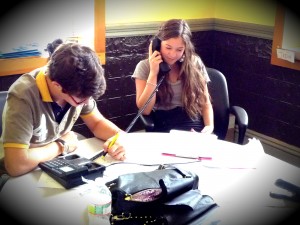
These canvassers, our 14 to 18 year-old Northeastern University Summer Discovery and Mayor’s Summer Youth Employment interns—Stephanie, Federico, Danit, Laurence, Mira, and Trevor—distributed information and opportunity all over Cambridge, and gained valuable life and work experiences. For that, they thank the small business community of Cambridge.
We can all thank them for something, too.
After canvassing for 12 days and following up with phone calls to visited businesses, CEA has received 100 requests for energy assessments through NSTAR’s Direct Install, Small Business Program. We expect many more to accrue, as folks have time to browse the literature and call to talk with our Energy Advisor, or sign up online.
If you own a small business in Cambridge, please feel free to call CEA to talk, or sign up online at any time; our canvassers have gone home, but the operation is not over, by any means.
Thanks to NSTAR, CEA, and our six interns, Cambridge has now taken one step further in the direction of reducing its carbon footprint, and thereby, toward taking a concrete stab at the Climate Change caused by Global Warming. Congratulations, Cambridge businesses!

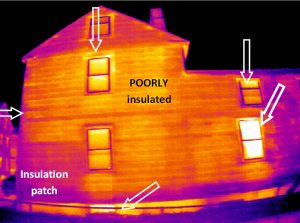
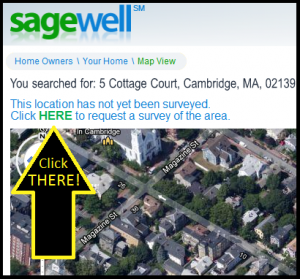

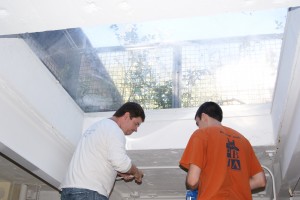


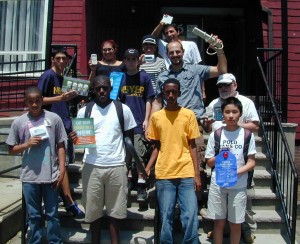
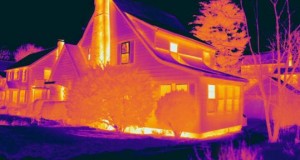
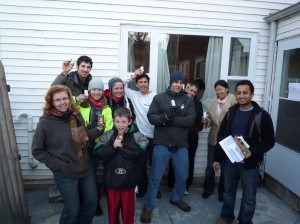 On Sunday, February 21, eighteen volunteers participated in a community canvass campaign to spread awareness about simple home improvements to save money, energy, and the planet. The event organized by the
On Sunday, February 21, eighteen volunteers participated in a community canvass campaign to spread awareness about simple home improvements to save money, energy, and the planet. The event organized by the 